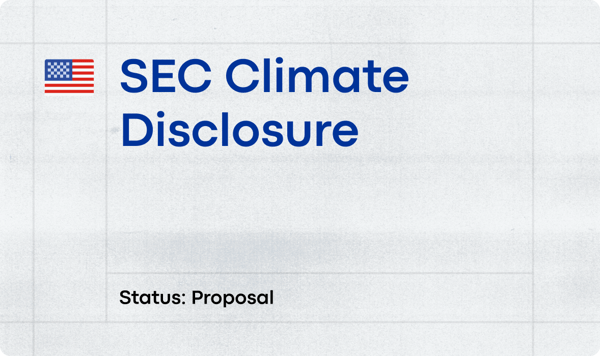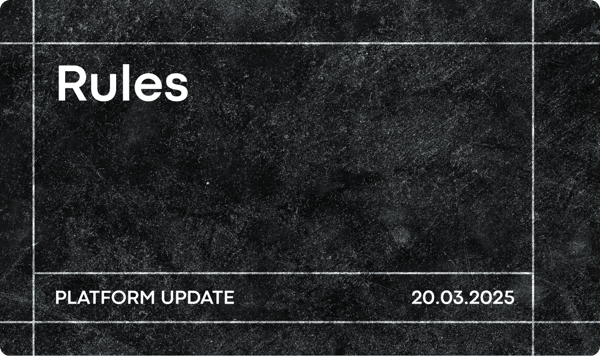The GHG Protocol’s Land Sector and Removal Guidance is about to be released, and it’s going to have a major impact on how brands track and report emissions. One of the consequences is for companies submitting Science-Based Targets (SBTi). In line with the GHG Protocol’s upcoming guidance, SBTi released its Forest, Land and Agriculture Guidance (FLAG) which requires companies submitting science-based targets to include FLAG-specific reduction targets if more than 20% of their emissions come from FLAG-related sources. Examples include land-use change and land management related to bio-based materials (e.g. cotton, wool and leather).
Additionally, companies with already-validated science-based targets that need to put forward a FLAG target must rebaseline and submit within six months after the final release of the GHG Protocol Land Sector and Removals Guidance.
Because many footwear and apparel brands rely on these materials, Carbonfact now supports FLAG emissions tracking, reporting, and compliance, aligned with the draft GHG Protocol Land Sector and Removals guidance. Though the final version is expected in Q1 2025, this release will help brands anticipate and have the infrastructure ready to calculate their FLAG emissions once the final guidance is released. Carbonfact will swiftly incorporate any changes between the draft guidance and the final guidance.
Join our FLAG webinar
We’re hosting a webinar about the new FLAG add-on with Dr. Laurent Vandepaer, PhD. Laurent is Carbonfact’s Head of Science, and the mastermind behind the science of this release. He’ll be glad to talk you through what you can expect from the upcoming FLAG Guidance, the release on our platform and answer any questions you may have.
What’s New?

1. Instantly Know if FLAG Targets Apply to You
SBTi requires a FLAG emissions reduction target if FLAG-related emissions exceed 20% of your total footprint. With this update, Carbonfact automatically calculates your FLAG share, so you can quickly determine whether this requirement applies to you.
.png?width=2466&height=1411&name=February%20Platform%20Update_%20FLAG%20(2).png)
2. FLAG Emissions Reporting Aligned with GHG Protocol
You can now report FLAG emissions separately according to the GHG Protocol’s new guidance. This ensures you’re fully prepared for upcoming compliance requirements and SBTi submissions.
.png?width=2466&height=1852&name=February%20Platform%20Update_%20FLAG%20(3).png)
3. Track FLAG Emissions Over Time
Carbonfact’s Trends view now includes FLAG emissions tracking. You can monitor whether your FLAG emissions are increasing or decreasing, helping you stay on top of reduction targets and long-term decarbonization goals.
Why It Matters
Many brands in the footwear and apparel industry have a significant portion of their emissions tied to bio-based materials – yet most don’t have the visibility they need to act on them. With these new requirements coming into effect, understanding FLAG emissions isn’t optional, it’s essential.
Carbonfact makes it simple:
- Instantly check if FLAG targets apply to you
- Report FLAG emissions in line with GHG Protocol guidance
- Track FLAG emissions over time and stay ahead of reduction targets
With this add-on, brands can understand their FLAG emissions, comply with SBTi, and take action to further reduce. Want to know more about FLAG? Read our in-depth breakdown here.
Why is it Worth Investing in FLAG Now?
The GHG Protocol is still determining how to account for CO₂ emissions and removals from forest land and has yet to resolve agricultural leakage quantification. Since FLAG is built on the GHG Protocol, companies must continue using interim guidance until the GHG Land Sector and Removals Standard and Guidance is published in Q4 2025.
Preparing early minimizes compliance risks and last-minute challenges:
- Data readiness takes time. In some cases, a full year to clean everything upstream. Organizing emissions data now ensures a smooth transition when the final guidance is released.
- Know if FLAG applies to you. Most companies don’t know if FLAG applies to them. With Carbonfact, you would already have clarity on whether you exceed the 20% threshold, allowing you to develop a plan of approach.
- Avoid reporting pressure. If the final guidance maintains a six-month compliance window, it will likely overlap with the reporting season. Adding a new, disaggregated dataset at the last minute could create unnecessary complexity.
Investing in FLAG compliance now ensures smooth reporting when the requirements take effect.







 Lidia Lüttin
Lidia Lüttin


 Martin Daniel
Martin Daniel